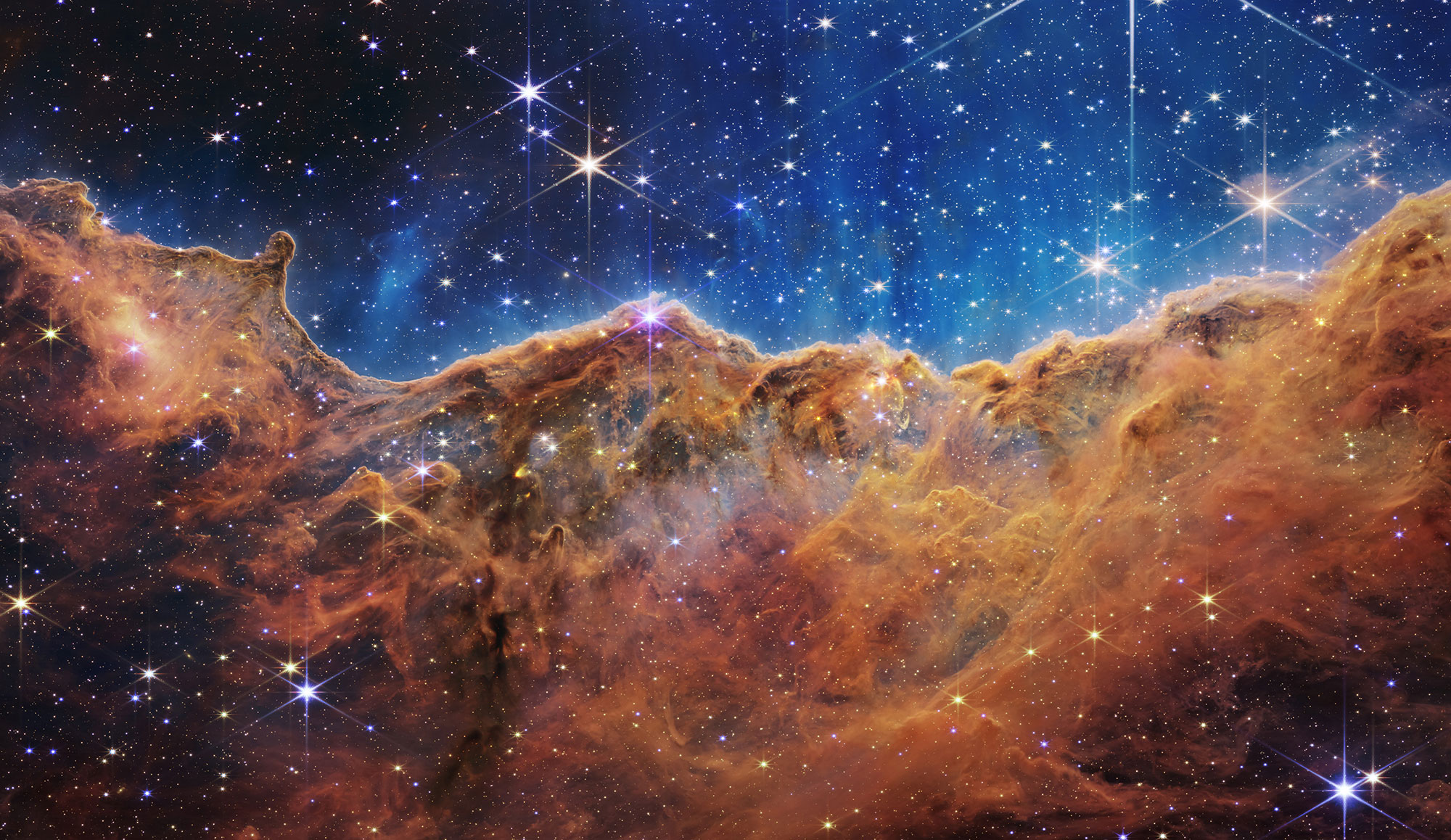Radiative transfer calculations for paleo-atmospheres on Mars were enabled by the creation of so-called “correlated-k” coefficients suitable to higher surface pressures and different concentrations in trace gas. Since the two-stream radiative transfer code implemented in the NASA Ames Mars GCM can be used as a 1-dimensional (column-wise) time-marching model, running the radiative transfer code standalone provides an efficient way to quickly investigate a wide range of climates.
A study from Kling et al. used a semi-analytical model reproduces the first order, yearly-averaged, latitudinal distribution of surface temperatures for Mars under different surface pressure, luminosity, eccentricity, and obliquity (Figure 1).

The model was used to investigate the ice-covered lakes in Antarctica as possible Earth analogues for the ancient lake in Gale crater, Mars. It was demonstrated that some of the evidence for lacustrine conditions in Gale crater found by the Mars Science Laboratory Curiosity rover could be explained the preservation of a lake under 3 – 10m ice covers, for equatorial temperatures as low as 240K-255K.



























